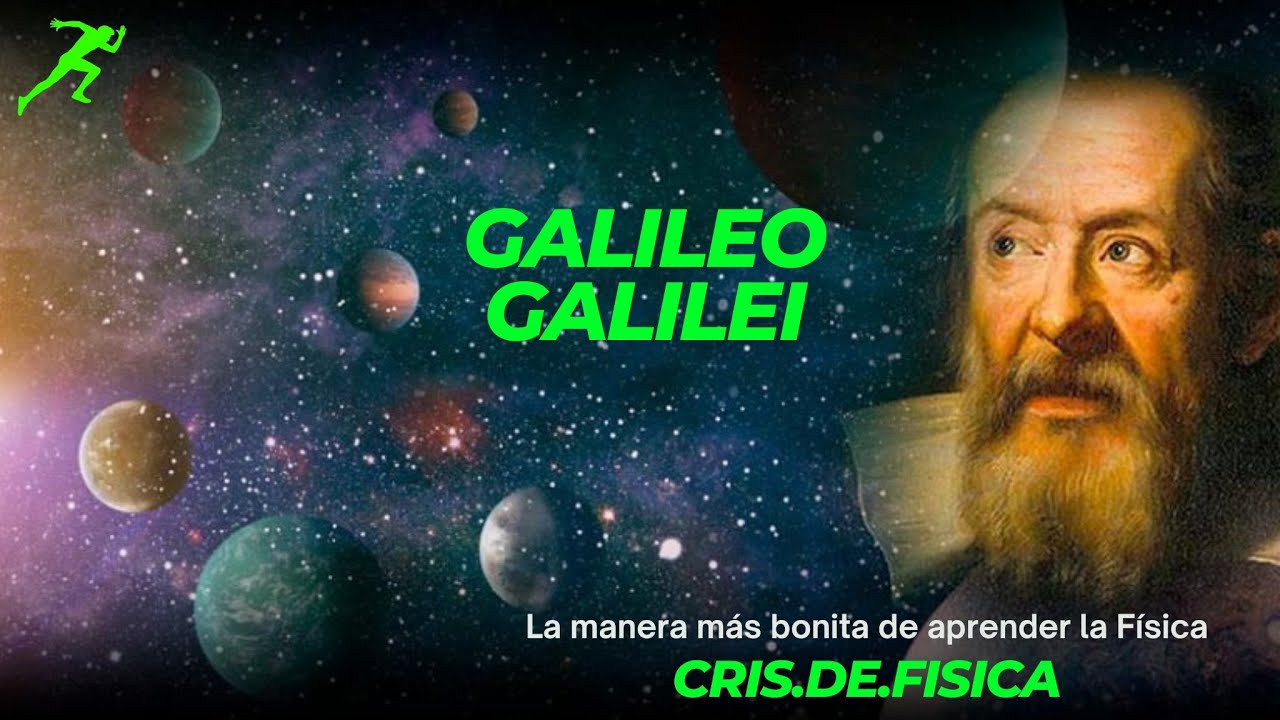Galileo Galilei - la Biografia Completa
Summary
TLDRThe transcript chronicles the life and work of Galileo Galilei, born in Pisa in 1564. It covers key milestones, including his early education, observations on pendulum motion, and his groundbreaking discoveries in astronomy using the telescope. Galileo's advocacy for the Copernican system brought him into conflict with the Catholic Church, culminating in his trial and house arrest. Despite personal and professional challenges, Galileo made significant contributions to physics, mechanics, and astronomy, laying the foundation for modern science. His final years were marked by illness and blindness, yet his legacy endures.
Takeaways
- 📅 Galileo was born in Pisa on February 15, 1564, and was baptized in the cathedral on February 19.
- 👨👩👦 Galileo's mother, Giulia Ammannati, was from Pescia, and his father, Vincenzo, was a musician in Florence.
- 🏫 At the age of 10, Galileo moved with his family to Florence and likely attended the monastery school of Santa Maria di Vallombrosa.
- ⚖️ Around 1583, Galileo observed the oscillations of a lamp in Pisa’s cathedral, which led him to deduce the law of isochronism of pendulums.
- 🏰 Between 1590 and 1591, he is said to have conducted experiments on the free fall of objects from the Leaning Tower of Pisa.
- 🔭 In 1609, Galileo developed the telescope, which allowed him to make astronomical observations, including the discovery of Jupiter's moons.
- 🛰️ He named the newly discovered celestial bodies around Jupiter as ‘Medicean Stars’ to honor the ruling Medici family.
- 📚 In 1632, Galileo published 'Dialogue Concerning the Two Chief World Systems,' supporting the Copernican model, which led to his trial by the Inquisition.
- 🏛️ Galileo was condemned to life imprisonment in 1633 but was later allowed to reside in his villa in Arcetri under strict conditions.
- 🧑🔬 Galileo's later works included the study of the laws of motion and mechanics, setting the foundation for modern physics, despite his failing health and eventual blindness.
Q & A
When and where was Galileo Galilei born?
-Galileo Galilei was born on February 15, 1564, in Pisa, Italy, near the Church of Sant'Andrea.
What was Galileo’s early education like?
-Galileo attended the school of the Monastery of Santa Maria di Vallombrosa as a novice and later studied at the University of Pisa.
What did Galileo discover about pendulums in 1583?
-In 1583, Galileo discovered the law of isochronism of pendulums by observing the oscillations of a chandelier in the Pisa Cathedral.
What important experiment did Galileo conduct related to falling objects?
-Between 1590 and 1591, Galileo is said to have conducted experiments on the falling of objects from the Leaning Tower of Pisa, although this story may be more myth than fact.
What invention did Galileo create that led to the modern thermometer?
-Galileo conceived the thermoscope, an early device that led to the development of the modern thermometer.
What contributions did Galileo make to the field of mechanics and mathematics during his time in Padua?
-During his time in Padua, Galileo conducted studies in mechanics and magnetism and invented the geometric and military compass, a versatile calculating tool.
What was Galileo’s stance on the Copernican system?
-In 1597, Galileo expressed his support for the Copernican system in letters to Jacopo Mazzoni and Johannes Kepler.
What were some of Galileo's astronomical discoveries using the telescope?
-Using a telescope he perfected in 1609, Galileo discovered mountains on the Moon, the moons of Jupiter, and the phases of Venus, which supported the Copernican system.
What was the ‘Sidereus Nuncius’ and why was it significant?
-‘Sidereus Nuncius’ was a publication by Galileo in 1610 that announced his astronomical discoveries, including the moons of Jupiter, to the world.
Why did Galileo face opposition from the Catholic Church?
-Galileo faced opposition from the Catholic Church because his support for the Copernican system contradicted the Church’s teachings, leading to his trial and condemnation by the Inquisition in 1633.
Outlines

This section is available to paid users only. Please upgrade to access this part.
Upgrade NowMindmap

This section is available to paid users only. Please upgrade to access this part.
Upgrade NowKeywords

This section is available to paid users only. Please upgrade to access this part.
Upgrade NowHighlights

This section is available to paid users only. Please upgrade to access this part.
Upgrade NowTranscripts

This section is available to paid users only. Please upgrade to access this part.
Upgrade NowBrowse More Related Video

#9 Biografías científicas - Galileo Galilei, un hombre polémico

BIOGRAFÍA #1: GALILEO GALILEI

Galileo Galilei: El Hombre que Cambió el Universo Desafiando a la Iglesia y la Ciencia

GALILEO GALILEI riassunto Vita,opere,scoperte, pensiero e poetica- letteratura x superiori

ALUR CERITA KONFLIK GALILEO DENGAN GEREJA YANG MENGGUNCANG DUNIA ILMU PENGETAHUAN ASTRONOMI

Galileo Galilei: El Desafío de la Razón
5.0 / 5 (0 votes)